Understanding the 3 Jaw Chuck
The 3 jaw chuck is an essential clamping device, commonly utilized in various machining operations. It is designed to hold workpieces with radial symmetry, particularly during high-precision tasks. This device's adaptability makes it a staple in workshops and manufacturing settings, where it secures tools and components such as drills, screws, and cutters.
Types and Applications of 3 Jaw Chucks
There are several types of 3 jaw chucks available to cater to different machining needs. The traditional three-jawed chuck is widely used for its firm grip on circular or hexagonal objects. On the other hand, four-jawed chucks are preferred for their versatility in holding square or octagonal materials. Specialized chucks, such as collet chucks, are ideal for smaller bar stocks and can be operated manually or powered. Magnetic chucks are tailored for ferromagnetic materials, while vacuum chucks are used for securing non-ferrous materials like plastic, aluminum, and stone.
Features and Materials
The construction of a 3 jaw chuck involves high-grade materials that ensure durability and precision. The jaws, usually made from hardened steel, are designed for repeated use and can withstand the rigors of heavy-duty operations. Some chucks come with retractable keys, offering additional flexibility and enhancing performance during intricate machining tasks.
Advantages of Using a 3 Jaw Chuck
Employing a 3 jaw chuck in machining operations brings numerous advantages. Its quick setup time accelerates the transition between tasks, such as shifting from drilling to screwing, thereby increasing efficiency. The symmetric design of the jaws ensures even pressure distribution, which is crucial for maintaining the workpiece's integrity and achieving high-precision outcomes.
Selecting the Right 3 Jaw Chuck
When choosing a 3 jaw chuck for sale, it is important to consider the specific requirements of your application. Factors such as the size of the workpiece, the material it is made of, and the level of precision required should guide your selection. It is also essential to ensure compatibility with your existing machinery to maximize the chuck's potential.
Maintenance and Care
Proper maintenance of a 3 jaw chuck is crucial for its longevity and performance. Regular cleaning to remove debris and lubrication to prevent corrosion are essential practices. Additionally, periodic inspections for wear and tear can help in maintaining accuracy and extending the chuck's service life.



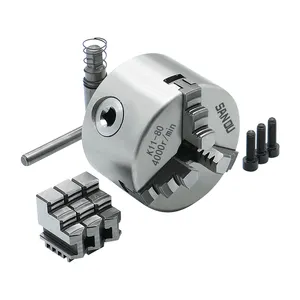

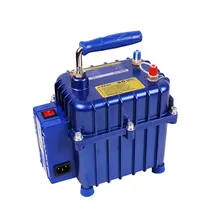

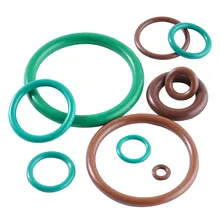
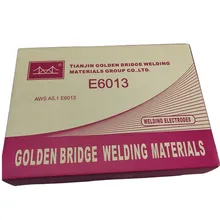
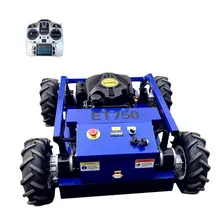



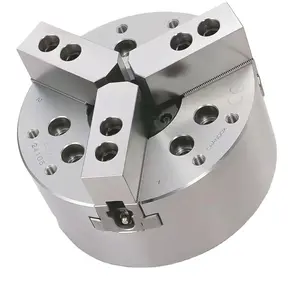
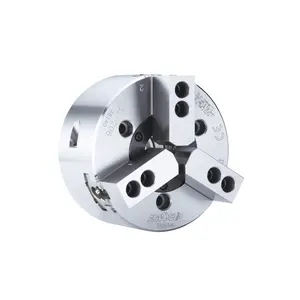


























 浙公网安备 33010002000092号
浙公网安备 33010002000092号 浙B2-20120091-4
浙B2-20120091-4